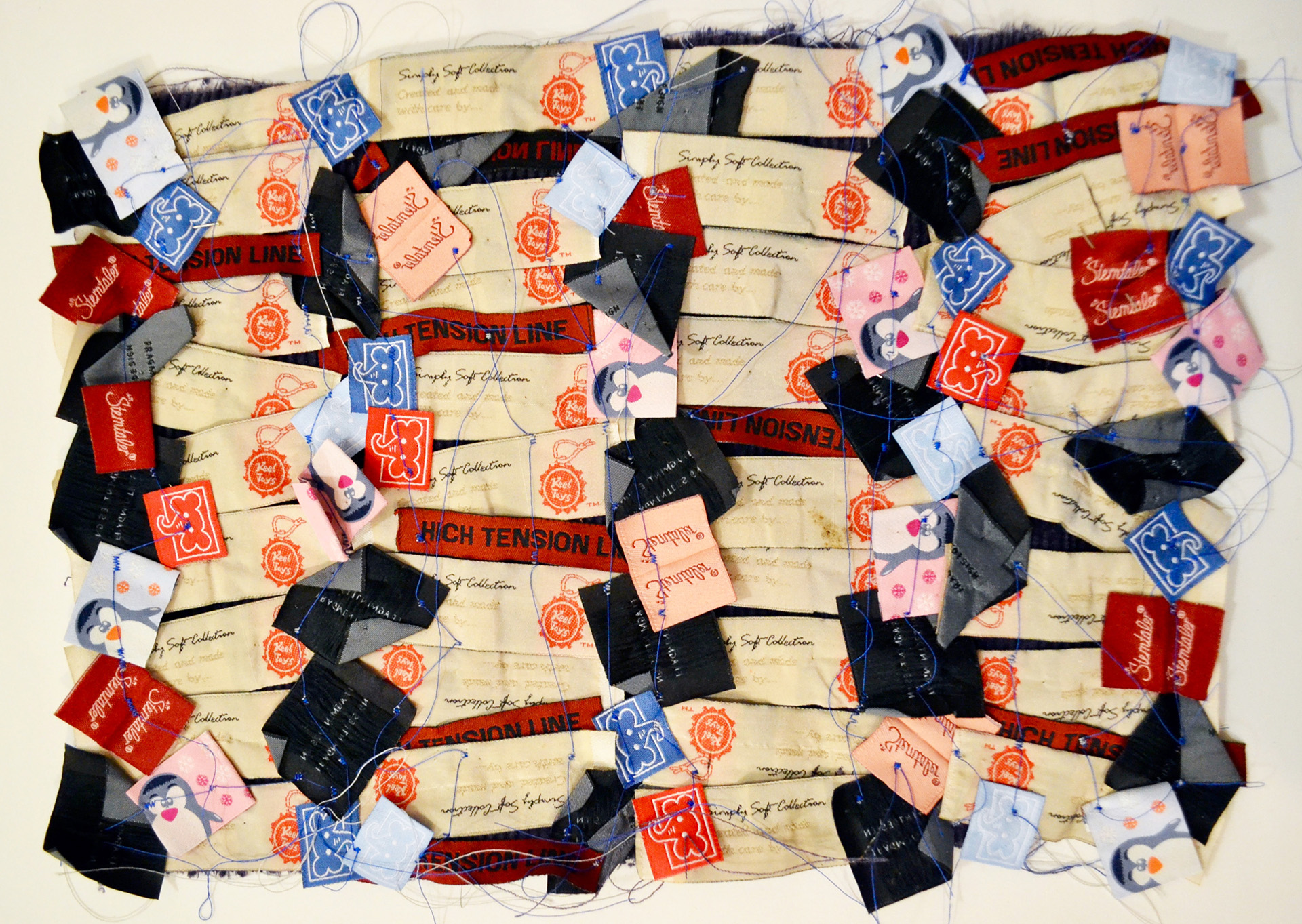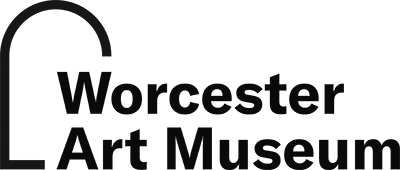
“In Sri Lanka and South India, I began to see the world through the eyes of a culture of color,
rather than my Western bias of line and linear perspective. It changed my practice. These pieces are a new area of exploration for me. I find joy in making them and I hope they bring you joy in experiencing them.”
Liz Doles has plowed the fields of art making all her life, as a painter, a draughtsman, a printmaker, graphic designer and photographer. As a young woman, Doles attended the Art Students’ League in New York and the School of the Museum of Fine Arts in Boston. She graduated summa cum laude from the University of Massachusetts Boston at age 57. In 2011 she went to Sri Lanka as a Fulbright grantee to document the architectural heritage of that island nation in images created with a pinhole camera.
Artist statement
Nothing comes from nothing. An artist pulls from their past, invokes the present and intuitively anticipates the future. As an artist, I started as a painter, a painter who loves collage and unlikely pairings. I sewed my own clothes, too. For a very long time, I had wanted to make quilts, bed coverings and pillow cases from clothing labels.
More recently, for two years, I lived and worked in Sri Lanka, a tiny country with a huge garment industry. Outside capital city of Colombo, I came across a shop that sold bags and bags of clothing labels. I also found sheeting and shams patched together from the remnants of mass produced garments.
South Asia is awash in color. Color sensitivity seems a birthright in that part of the world and very much like the quilts of Gee’s Bend, these linens were unintentional works of art. I brought home suitcases full of labels and linens.
Back home on the east coast, I started scouring thrift stores and free clothing closets for labels. I removed the labels from my and my friends’ clothing. People brought me labels too. A characterful label would thrill me.
Scraps and snippets of fabric began working their way into my compositions. At first I thought using such materials to make art was a statement about what and whom is deemed useless in our consumer driven culture.
But as these constructions evolved, I realized I was approaching them as a painter. Each label, each patch were planes of color. Like brush strokes, they exist in a space that is part of and yet separate from the physical world. Each discrete image is its own world with its own logic, purpose and like any painting need not justify itself as a social statement.
My time in a visual environment other than my own Western experience expanded what I thought could be art. The frisson of culture shock allowed me make work that does necessarily have a correlation to the physical world, that is, realist imagery, through painting, drawing or photography.
I understood that color, by its very nature, has the power to transform and transfigure. By its own energy, color has power to heal. In these works, the bits of stuff become color and light itself. Truly, nothing is wasted in God’s economy.




